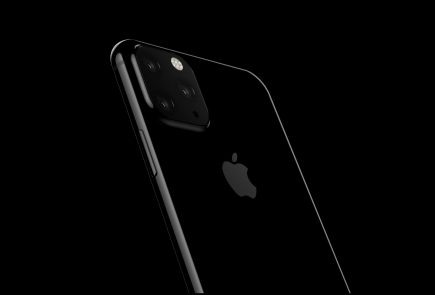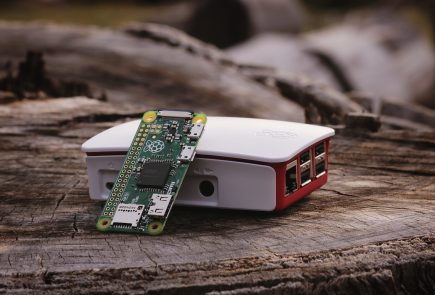What Are Nanobots? What Are Their Future Implications?
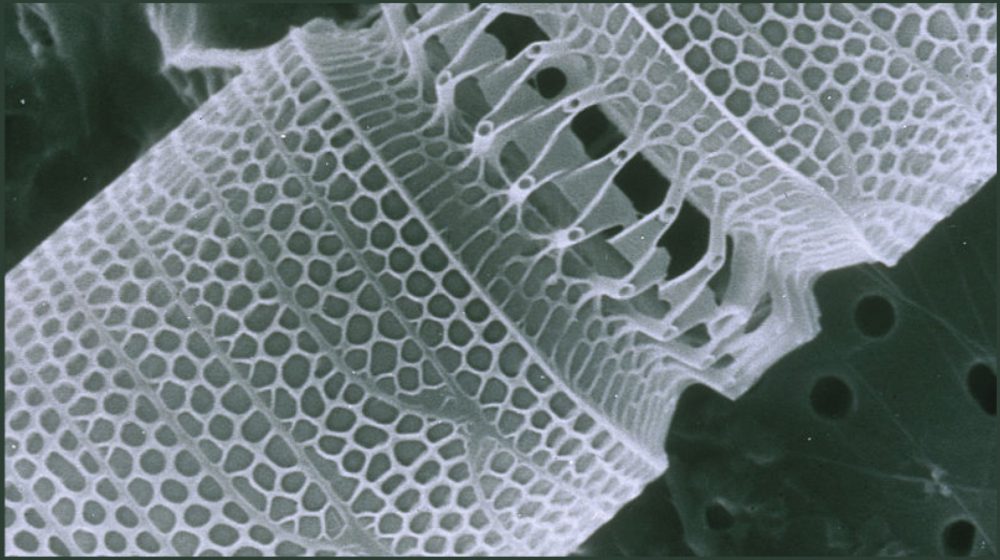
Inventors and scientists have been continuously working towards reducing the size of technological components. Room-sized computers to laptops that are slimmer than a pane of glass? It’s done. Huge bulky telephones to smartphones that can fulfil a lot more? A thing of the past. The real question is, to what extent can all this go? Will we see smartphones that can be embedded in human bodies? Or is there more to it?
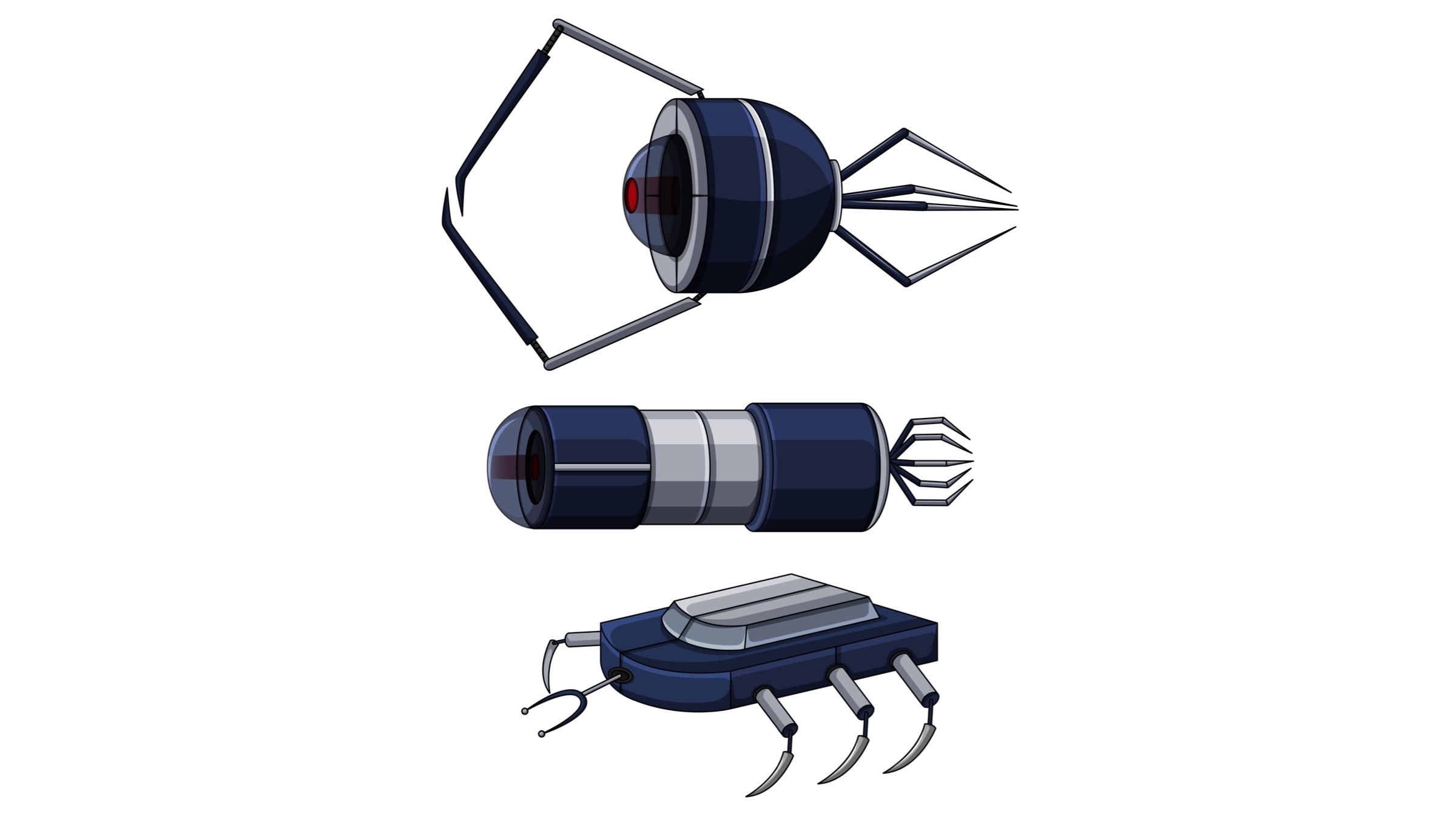 Nanotechnology has been around for a while now. It is a branch of technology so minuscule that it can operate on a microscopic level. And what’s more, it can be programmed to do whatever is desired of it. Richard Feynman was the physicist who first gave birth to an idea of nanotechnology and nanoscience in 1959. With his paper titled “There’s plenty of room at the bottom”, Richard laid the vision on top of which nanotechnology is being developed today. And in the future, it is expected to greatly change the way our world operates.
Nanotechnology has been around for a while now. It is a branch of technology so minuscule that it can operate on a microscopic level. And what’s more, it can be programmed to do whatever is desired of it. Richard Feynman was the physicist who first gave birth to an idea of nanotechnology and nanoscience in 1959. With his paper titled “There’s plenty of room at the bottom”, Richard laid the vision on top of which nanotechnology is being developed today. And in the future, it is expected to greatly change the way our world operates.
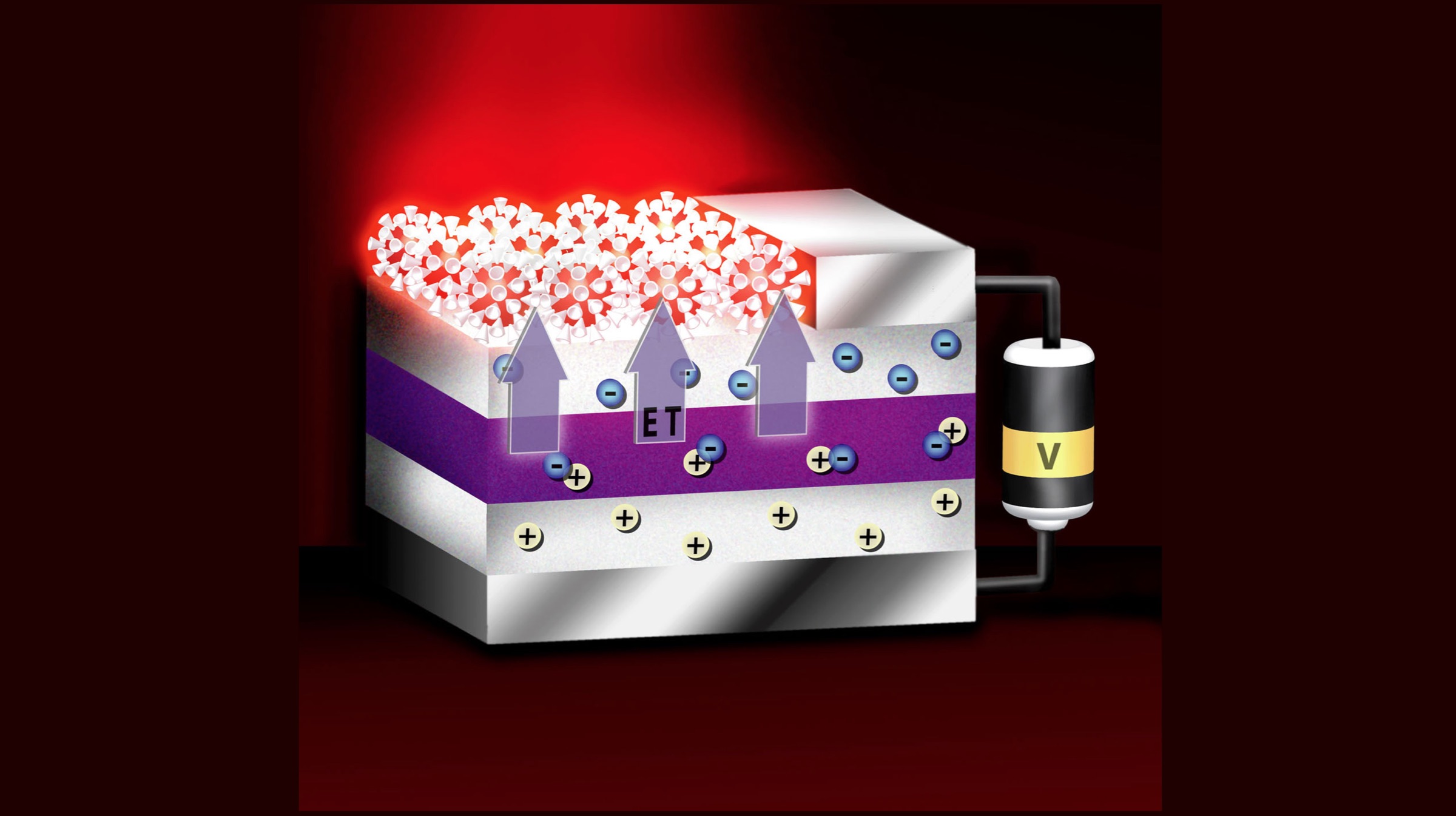
“Nanobot” is a term that people may have gotten used to because of Hollywood science fiction movies. As the name suggests, a nanobot or a nanorobot measures about a few nanometers, where 1 nm = 10-9 meter. With properties like self-replication (producing copies of themselves to replace defective units) and molecular manufacturing (building nanoscale circuits and devices), nanobots have a host of applications that can be implemented in our day-to-day life. They are highly valued in healthcare, construction, telecommunications and disaster management.
Here are some of the areas where nanobots can be of immense help and value:
Nanotechnology In Healthcare
A major chunk of funding that goes into Nanobots R&D originates from the medical field, and for reasons that make it very clear why we need nanobots. Medical researchers call nanobots “the biggest medical breakthrough since medicines”. And there is a lot of excitement once we explore what nanotechnology can hold in store for medical science.
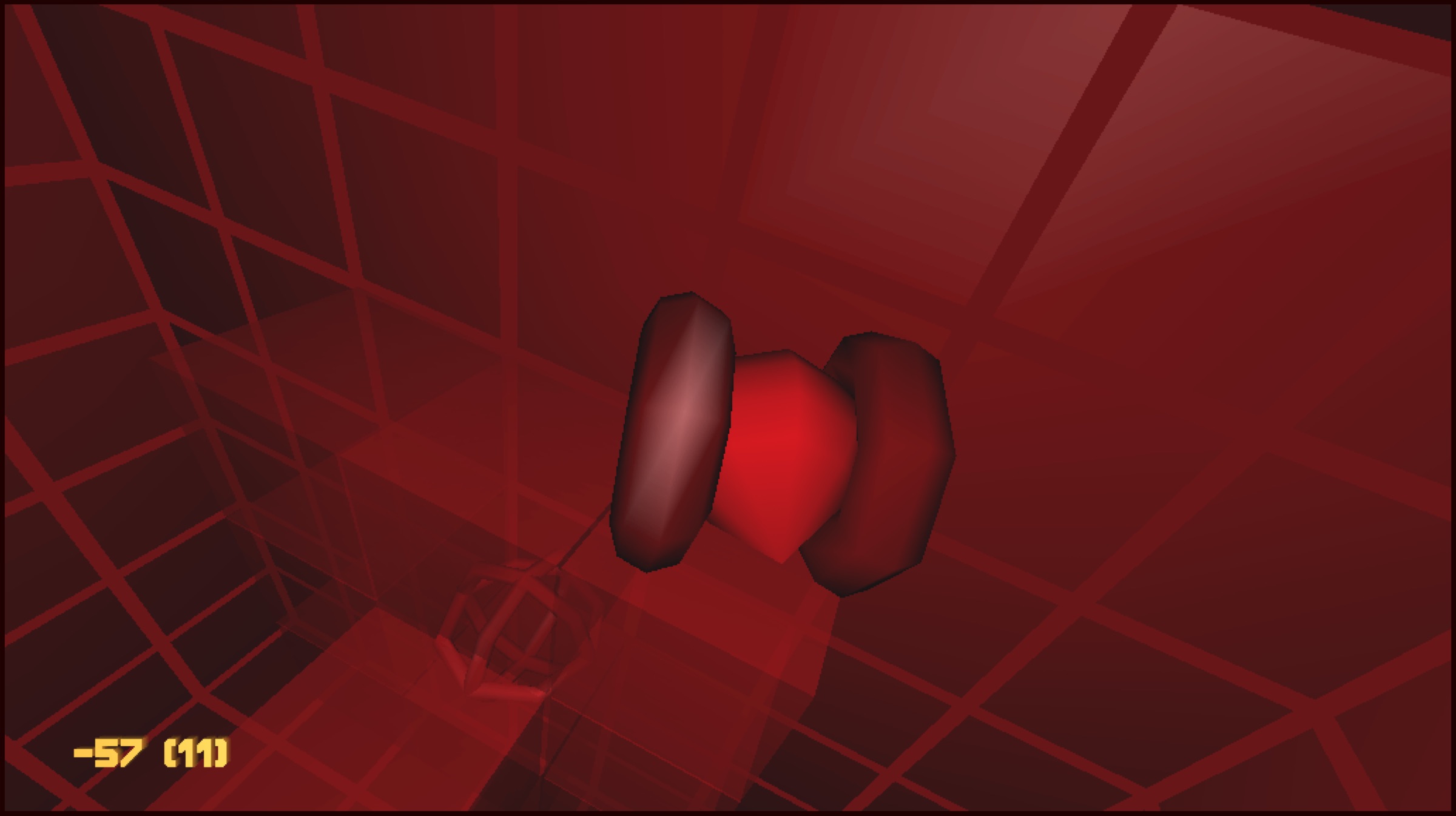 In 2016, researchers used nanobots to treat a tumour by targeting it via nanobots, which then administered the necessary medicine to the clot of cells. This means that no surgery was involved to treat the tumour, no incisions were made and no anaesthesia was involved. It is very heart-warming to think that cancer may be a thing of the past in a decade or so. Chemotherapy and cancer treatments could be rendered obsolete for all we know.
In 2016, researchers used nanobots to treat a tumour by targeting it via nanobots, which then administered the necessary medicine to the clot of cells. This means that no surgery was involved to treat the tumour, no incisions were made and no anaesthesia was involved. It is very heart-warming to think that cancer may be a thing of the past in a decade or so. Chemotherapy and cancer treatments could be rendered obsolete for all we know.
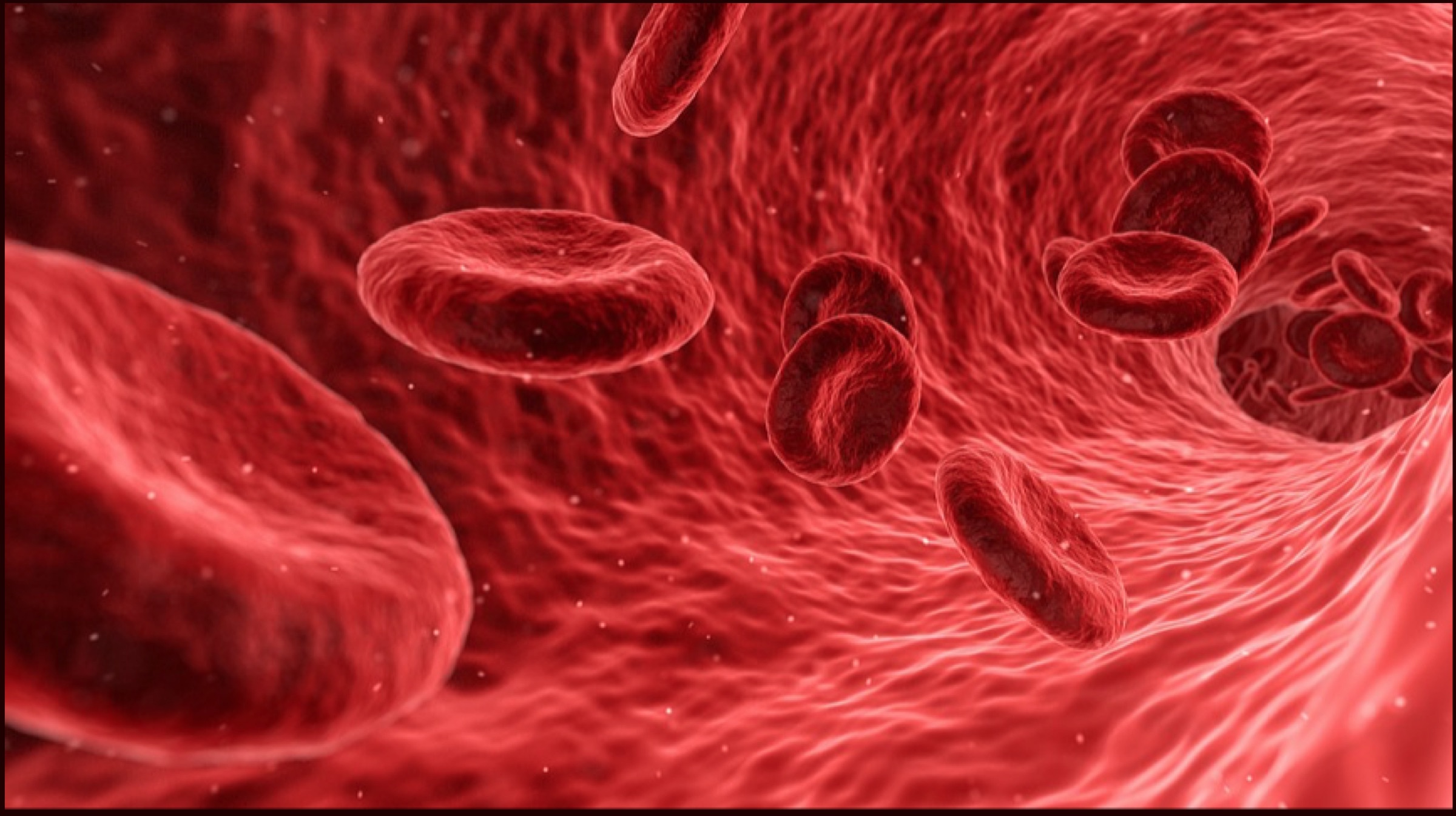 Imagine that a person is unfortunately involved in a severe accident and is bleeding profusely, probably towards his/her death. Nanobots can heal up the damaged tissue right before your eyes. The microscopic robots are programmed to swarm like bats to scout out the point that needs repair. Once the point of activation is detected, all the bots collectively work together to fix it.
Imagine that a person is unfortunately involved in a severe accident and is bleeding profusely, probably towards his/her death. Nanobots can heal up the damaged tissue right before your eyes. The microscopic robots are programmed to swarm like bats to scout out the point that needs repair. Once the point of activation is detected, all the bots collectively work together to fix it.
Hollywood movies like “G.I. Joe” and “I, Robot” display the use of nanobots in healing. Further implication includes the military, which will be taken up later.
Nanotechnology In Construction
 As per surveys, almost 41 percent of the total energy consumed in the United States is routed to construction and building. Nanotechnology can significantly reduce construction times and energy consumption that is involved in development. Deeper applications include maintenance of buildings, safety facilities and self-cleaning. Using micron-sized coatings, the nanoparticles can provide UV resistance in both coatings and paints. Nanoparticles of compounds like Titanium Dioxide and Zinc Oxide can be applied as a final layer on construction ceramics to provide the aforementioned resistance.
As per surveys, almost 41 percent of the total energy consumed in the United States is routed to construction and building. Nanotechnology can significantly reduce construction times and energy consumption that is involved in development. Deeper applications include maintenance of buildings, safety facilities and self-cleaning. Using micron-sized coatings, the nanoparticles can provide UV resistance in both coatings and paints. Nanoparticles of compounds like Titanium Dioxide and Zinc Oxide can be applied as a final layer on construction ceramics to provide the aforementioned resistance.
Nanobots can be used to automatically fill cracks in concrete and other building material, averting disasters that arise from construction negligence. Addition of nanoparticles to building materials will lead to fire resistant, air cleansing, more durable and easy to clean end-products. When used in glass, cracks will automatically repair themselves, preventing any hazards. The implications are endless.
Nanotechnology In Military
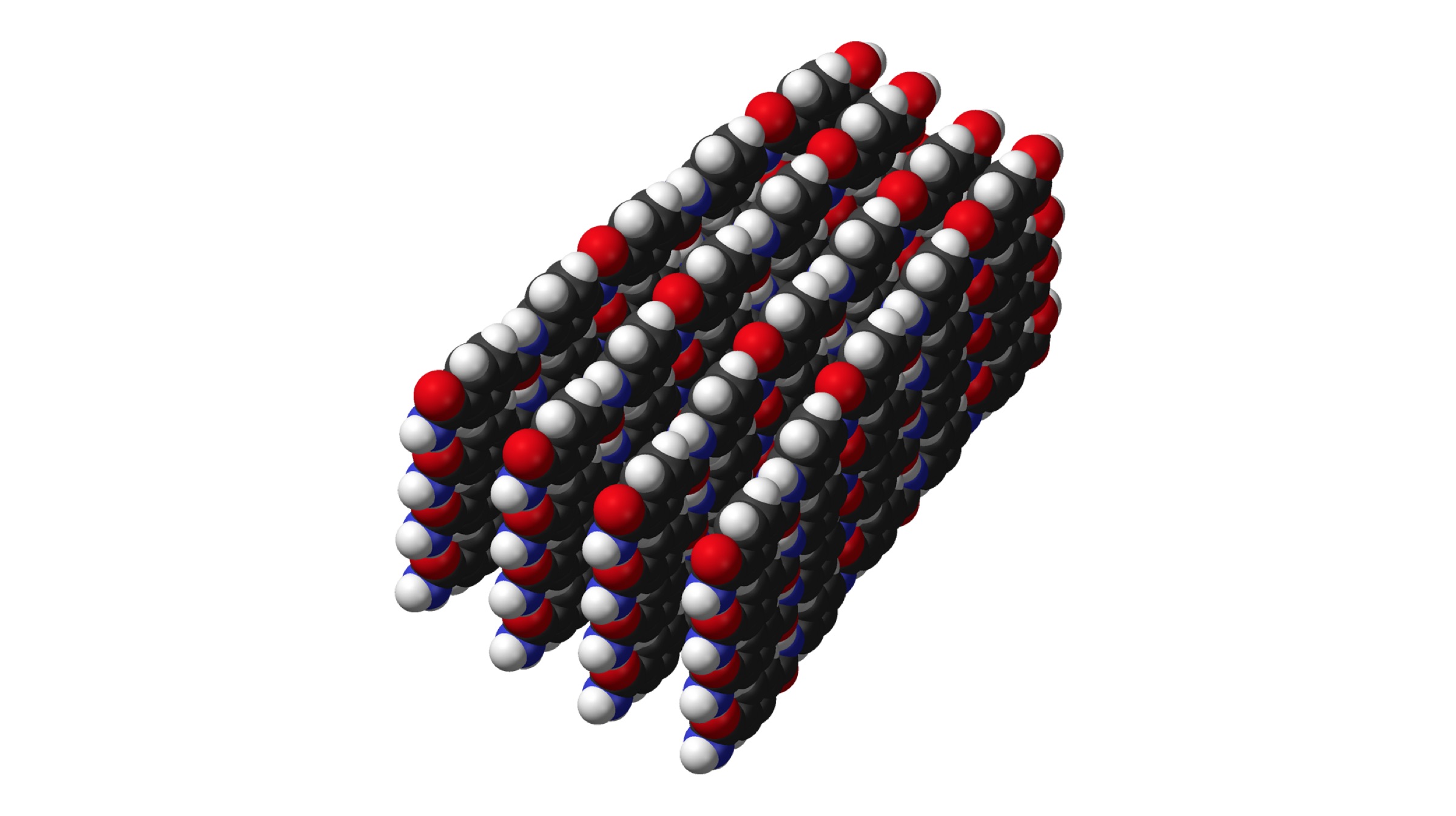 In the last 13 years, the Indian Army lost a soldier on duty every third day. Casualties on the front line are much higher in number than in any other profession. The development of nanobots in the Military sector will ensure that the number of lives lost is drastically reduced. For starters, nanorobots can be used to scout the front lines for any impending risks. They can be used for spying and scouring sensitive information without putting any human lives at risk.
In the last 13 years, the Indian Army lost a soldier on duty every third day. Casualties on the front line are much higher in number than in any other profession. The development of nanobots in the Military sector will ensure that the number of lives lost is drastically reduced. For starters, nanorobots can be used to scout the front lines for any impending risks. They can be used for spying and scouring sensitive information without putting any human lives at risk.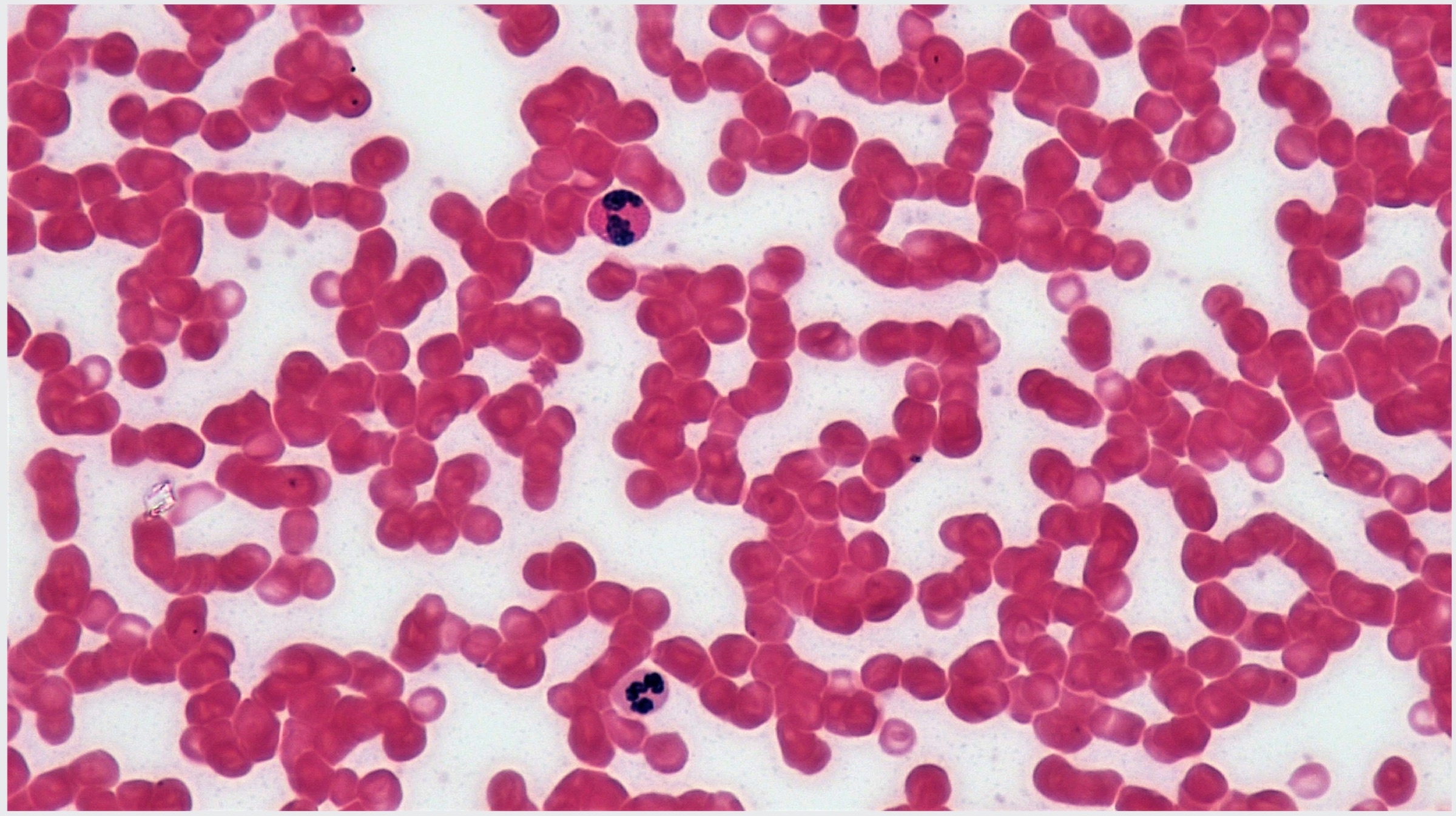 Kevlar vests can be designed with nanoparticles to provide material regeneration during combat. Weapons developed with nanoparticles will be lighter and more modular than conventional weapons. Military nanorobots will be capable of performing complex functions like grabbing and wielding heavy objects, which can be used to safely neutralize threats like IEDs and Mines.
Kevlar vests can be designed with nanoparticles to provide material regeneration during combat. Weapons developed with nanoparticles will be lighter and more modular than conventional weapons. Military nanorobots will be capable of performing complex functions like grabbing and wielding heavy objects, which can be used to safely neutralize threats like IEDs and Mines.















